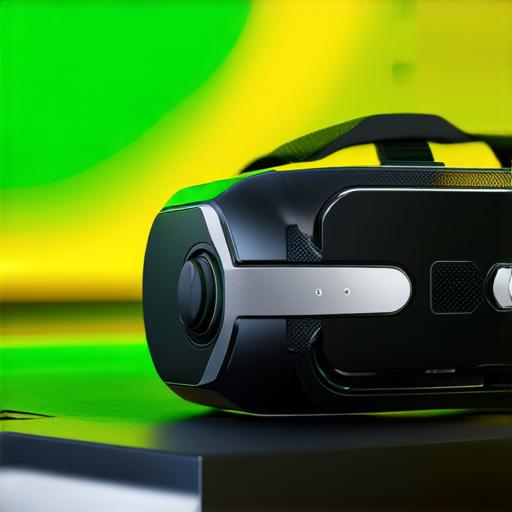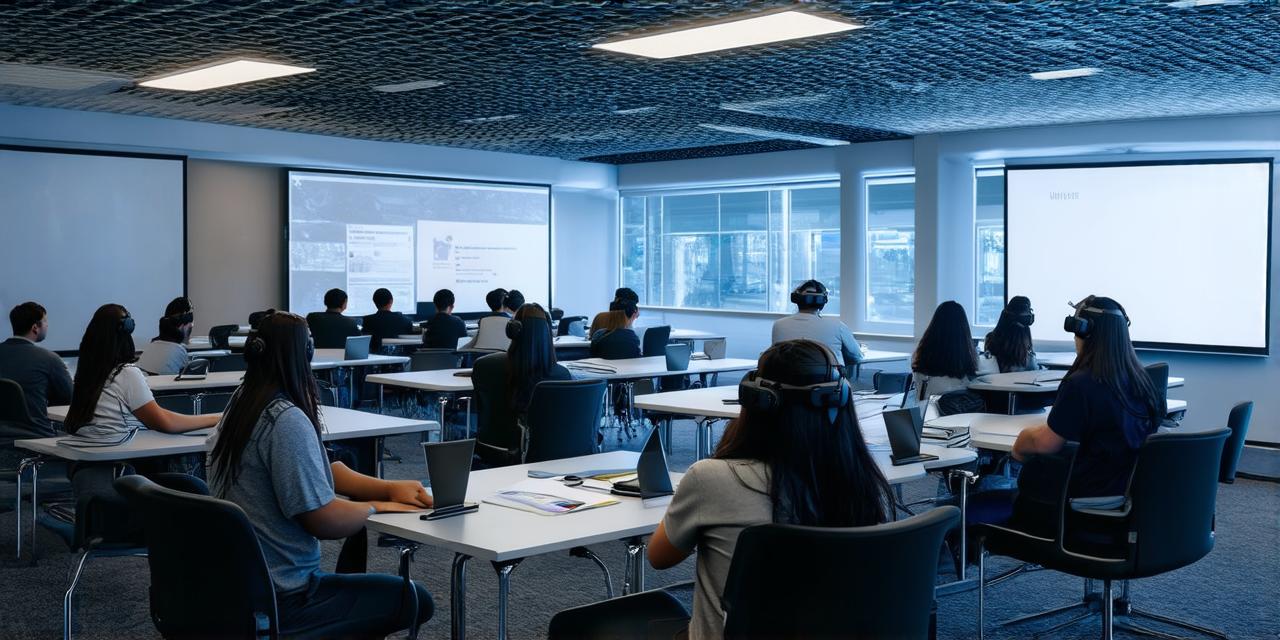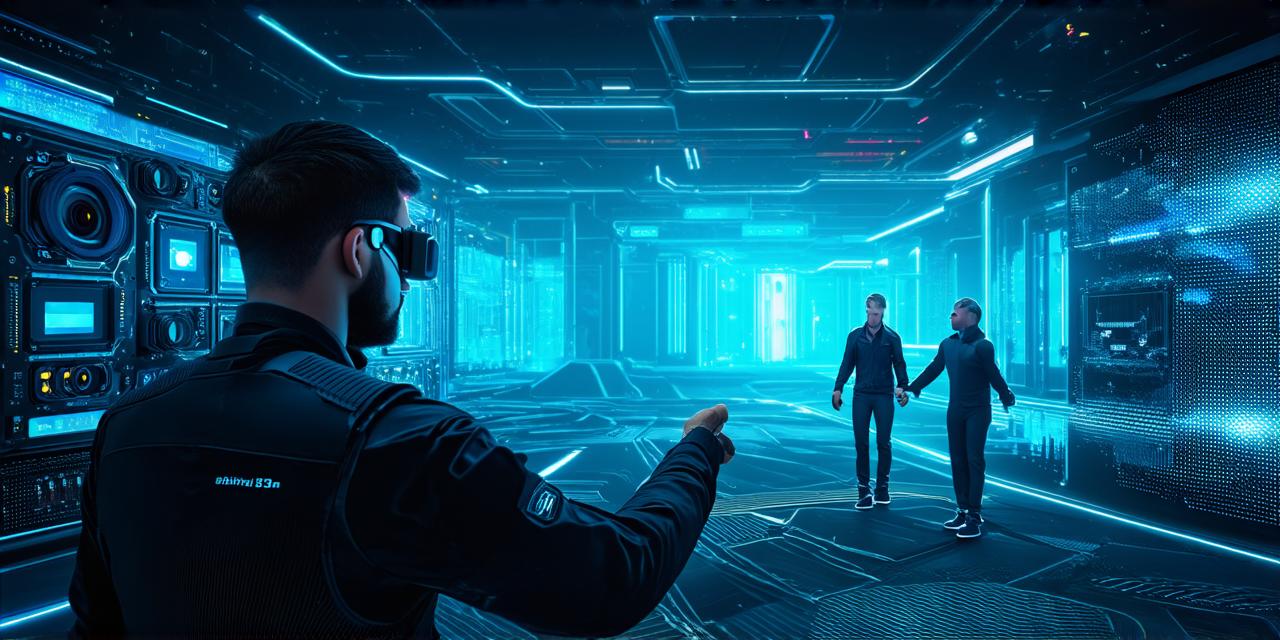Virtual Reality (VR) technology is a rapidly evolving field that has gained immense popularity in recent years. It offers users an incredibly realistic and immersive experience, allowing them to interact with virtual environments in ways that were previously impossible.
However, to fully harness the potential of VR, it requires more than just a headset. In this article, we will explore the essential components required to operate a virtual reality headset and why they are crucial for AR developers.
Components Required to Operate a Virtual Reality Headset

-
The first component needed to operate a virtual reality headset is the headset itself. There are various types of VR headsets available on the market, ranging from affordable options like the Oculus Quest 2 to high-end models like the HTC Vive Pro Eye. The type of headset you choose will depend on your budget, the level of immersion you’re looking for, and the types of content you plan to use it for.
-
One of the key features of a virtual reality headset is its display resolution. Higher resolution displays provide a more immersive experience by creating a more realistic environment. The refresh rate is also important, as it determines how smooth the images are displayed on the screen. A higher refresh rate can help reduce motion sickness and improve the overall VR experience.
-
In addition to the headset, you’ll need input devices to interact with the virtual environment. The most common input devices for VR are controllers, which are handheld devices that track your movements and allow you to interact with virtual objects in the environment. Some headsets also come with built-in sensors that can track hand movements without the need for external controllers.
-
The type of input device you use will depend on the type of content you plan to use the VR headset for. For example, if you’re playing a first-person shooter game, you’ll want controllers with triggers and buttons that allow you to interact with virtual objects in the game. If you’re using the VR headset for educational or training purposes, you may not need input devices at all.
-
Apart from the headset and input devices, a virtual reality experience also requires a powerful computer to run smoothly. The minimum computer requirements will depend on the type of VR headset you have and the content you plan to use it for. However, in general, you’ll need a computer with at least an Intel Core i5 processor, 8GB of RAM, and a graphics card with at least 4GB of VRAM.
-
The computer requirements are important because they determine how smoothly the virtual environment will run on your screen. A powerful computer can help reduce lag and improve the overall VR experience. It’s also worth noting that some VR headsets require a separate GPU, which can significantly impact the performance of the system.
-
Finally, you’ll need enough space to move around while using a virtual reality headset. Depending on the type of content you’re using the VR headset for, you may need a larger or smaller play area. For example, if you’re playing a game that requires lots of movement, you’ll need a larger play area to avoid bumping into furniture or walls.
-
In addition to space, you’ll also need enough room to move your controllers and other input devices. Make sure you have enough space to swing your arms and move your hands without bumping into anything. It’s also important to ensure that the environment is free from trip hazards, such as cables or uneven surfaces, which can cause accidents.
-
For AR developers, it’s crucial to keep in mind these requirements when designing applications for VR headsets. Optimizing content and input devices for VR can significantly improve the overall user experience. For example, using hand tracking technology can make interactions with virtual objects feel more natural and intuitive, while adjusting the display resolution and refresh rate can enhance immersion and reduce motion sickness.
-
In conclusion, operating a virtual reality headset requires more than just the headset itself. You’ll also need input devices, a powerful computer, and enough space to move around comfortably. By understanding these requirements, you can ensure that you have everything you need to enjoy an immersive VR experience. And for AR developers, it’s essential to keep these requirements in mind when designing applications for VR headsets to create engaging and immersive experiences for users.




